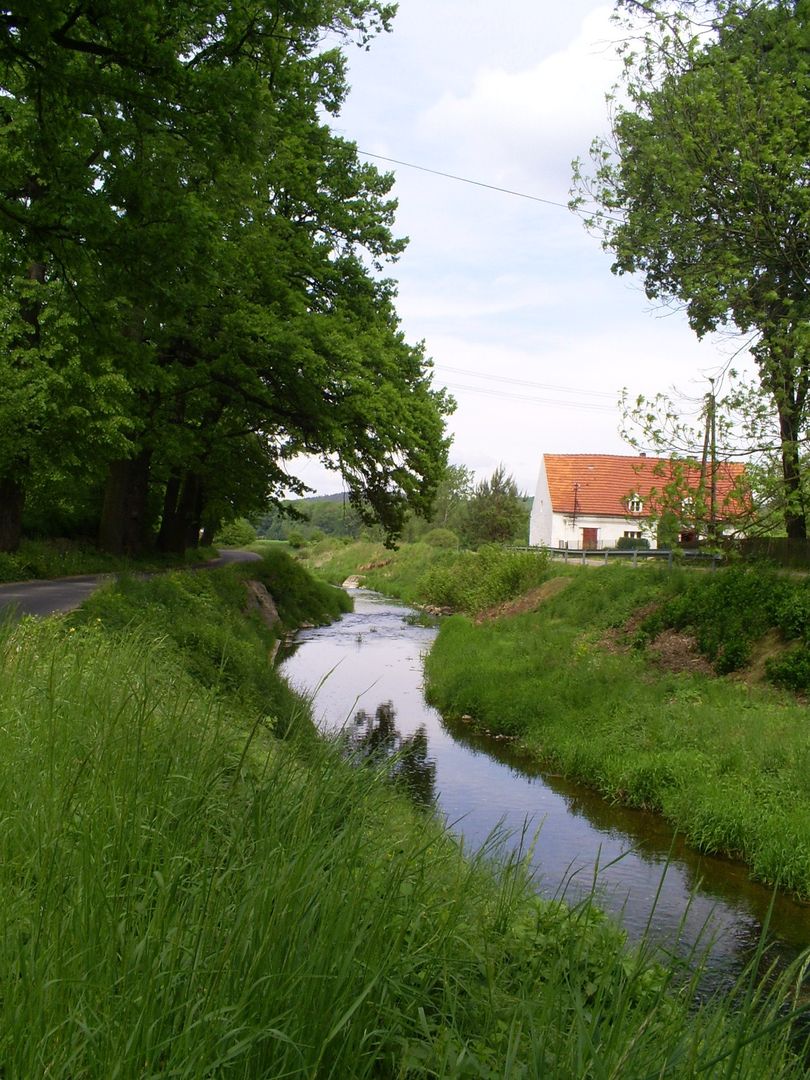Roztoka
6.78

Overview
Roztoka is a village located in the Lower Silesian Voivodeship, on the banks of the Nysa Szalona River, in the Sudeten Foothills. The first mention of the settlement dates back to 1305. Roztoka was known for its salt trade, which gained it significance in the Middle Ages. Over the centuries, the village passed through the hands of various owners, including the von Ronau and von Hochberg families, the latter of whom gained particular importance, owning the estate until 1945. Catholicism and Protestantism also played significant roles in Roztoka's history: the original Catholic church was handed over to Protestants after the Reformation, and residents used the Peace Church in Jawor. After the Thirty Years' War, the Austrian Habsburg Monarchy brought changes in religious dominance. In the 18th century, Roztoka could boast a liberalization of religious life, and two churches (Catholic and Evangelical) became central points of social life. The development of the village was accelerated by Prussian administration in the 18th century, which introduced innovations in agriculture and the construction of railways. In the 20th century, during the interwar period, local infrastructure developed — in 1923, a district youth competition festival was organized, and the village had various clubs and social organizations. Among the historical monuments of Lower Silesia, the von Hochberg palace complex from the 18th to 20th centuries stands out, featuring a Baroque palace, outbuildings, a garden, a stable, and an orangery. The parish church of St. Stanislaus is a neo-Romanesque structure built between 1873 and 1874 on the site of an earlier building. An interesting aspect of Roztoka is its flood history, with numerous inundations of the Nysa Szalona River, which caused significant damage. After World War II, the village was resettled by Poles, and its history and social structure began to evolve, with a slightly smaller role for agriculture. Today, Roztoka stands as a testament to the rich history of Lower Silesia, preserving traces of its former traditions and architecture.
Location
2025 Wizytor | All Rights Reserved